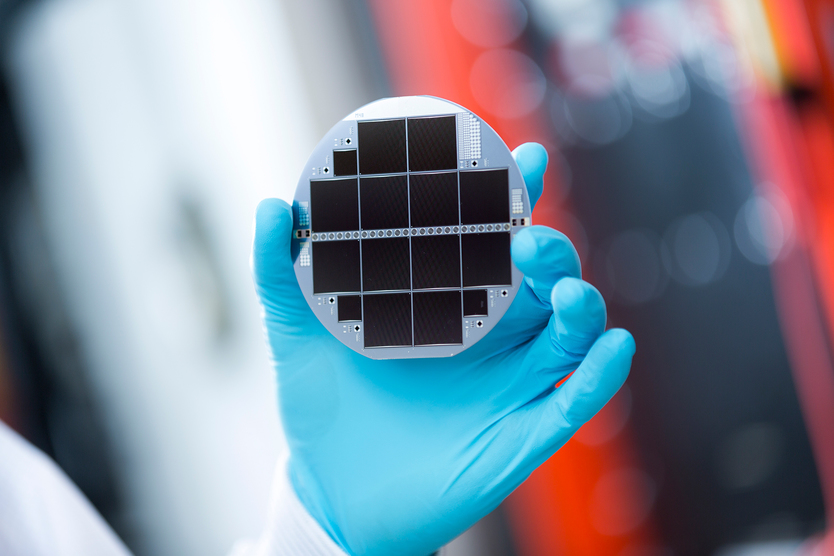
Organic semiconductor materials in solar systems are potentially more efficient than silicon at conducting electricity.
Organic photovoltaics is a field of innovation within solar energy research which is yielding promising results. The Fraunhofer Institute for Solar Energy Systems ISE, working together with the Freiburg Materials Research Centre FMF at the University of Freiburg, has just achieved a record efficiency rate of 14.9 percent for solar cells made with synthetic organic materials with a surface area of at least 1 cm2 – a significant leap forward.
As well as being potentially more efficient than silicon at conducting electricity, there are several advantages to using organic semiconductor materials in solar systems. Firstly, they can be produced without heavy metals and other critical elements, which means they are more sustainable and cheaper to produce than inorganic cells. Secondly, they are lightweight and mechanically flexible so they can be bent around surfaces and could be mass-produced using roll-to-roll processes.
For example, transparent solar cells for windows, greenhouses and agricultural protection films could be made from organic semiconductors that only absorb infrared light, resulting in better protection against bad weather and overheating.
Commenting on the new record in a press release, the project leader at ISE, Dr Birger Zimmermann, says: "When we achieved high efficiencies with a commercial absorber material on small laboratory cells, we wanted to know whether this could also be achieved on the larger area of 1.1 cm2. We were very satisfied with the results, as we did not suffer any losses.”
The team at ISE will further develop the technology with partners from industry in order to make it commercially available at a low cost. The work was carried out as part of the project H2OPV - Organic Photovoltaics to Cover Water Reservoirs, funded by the Federal Ministry for Economics and Energy.


